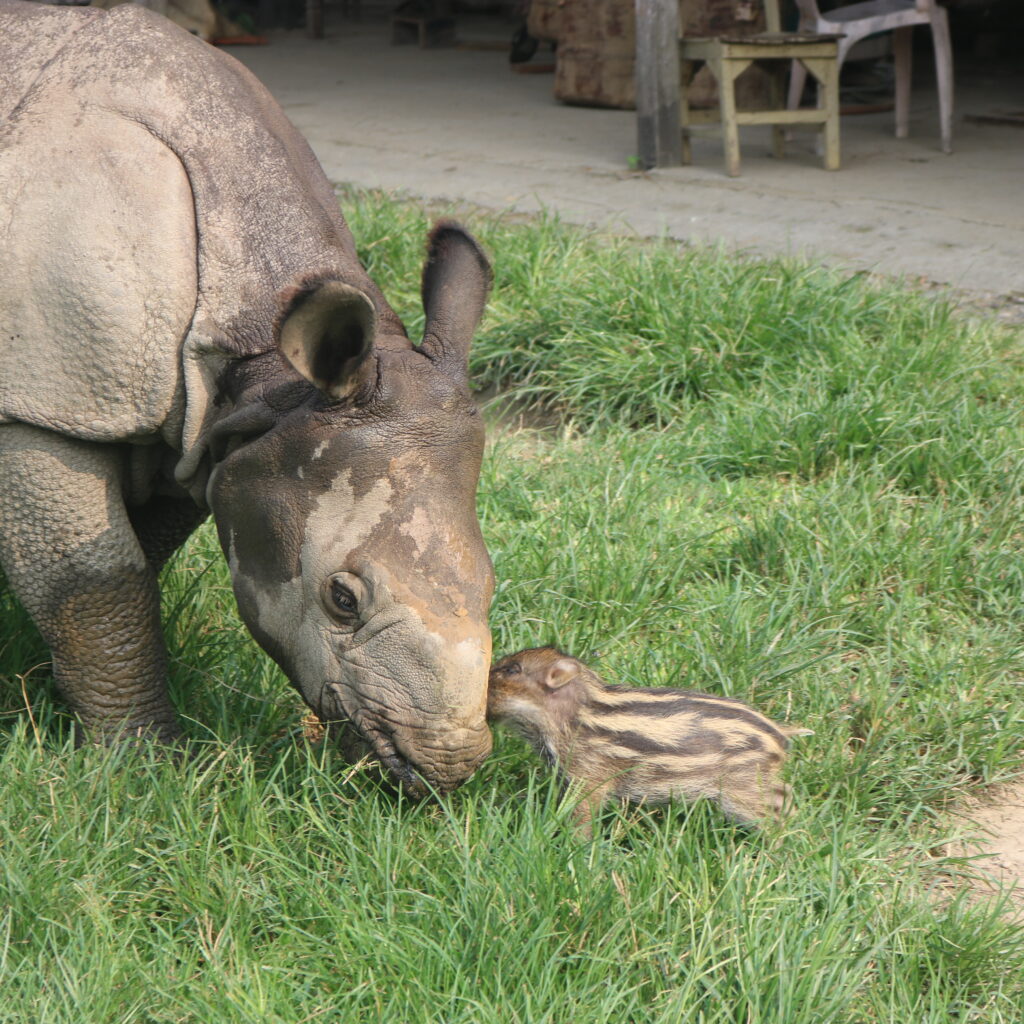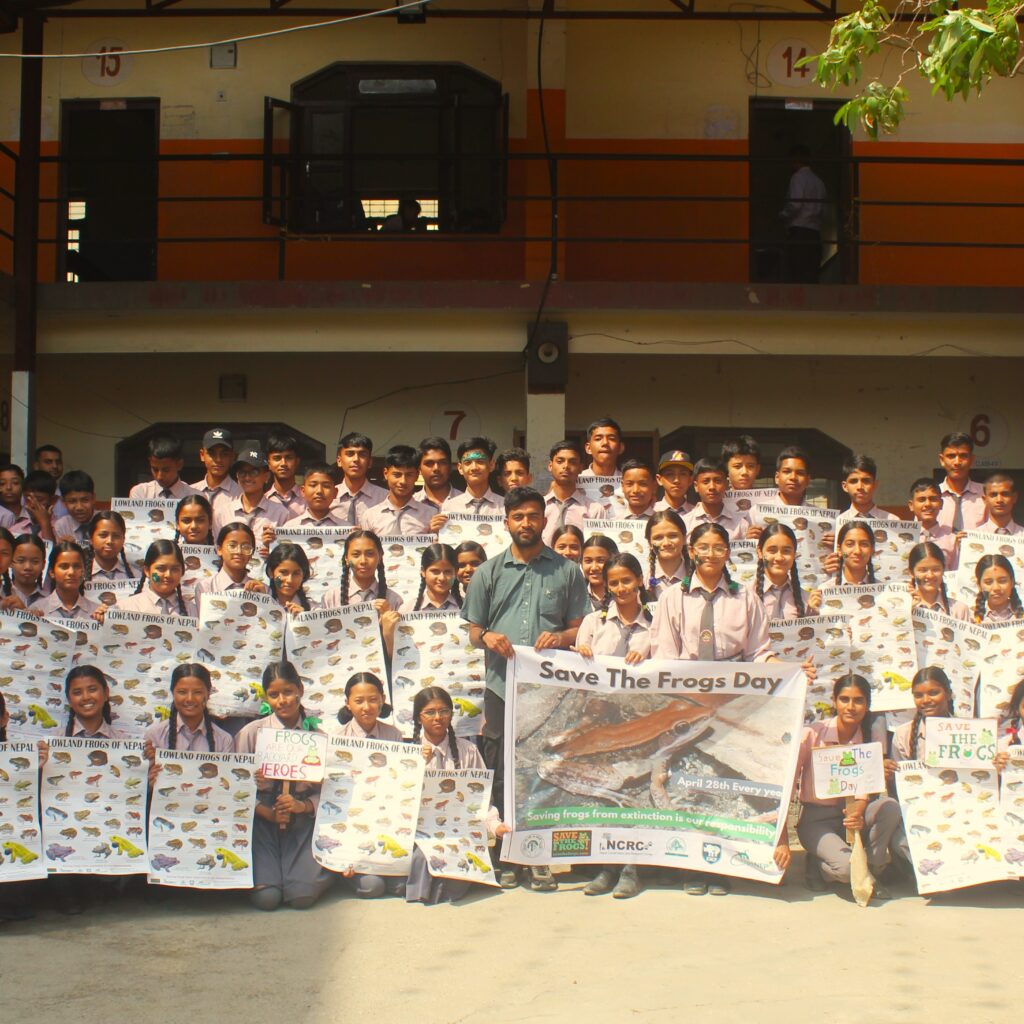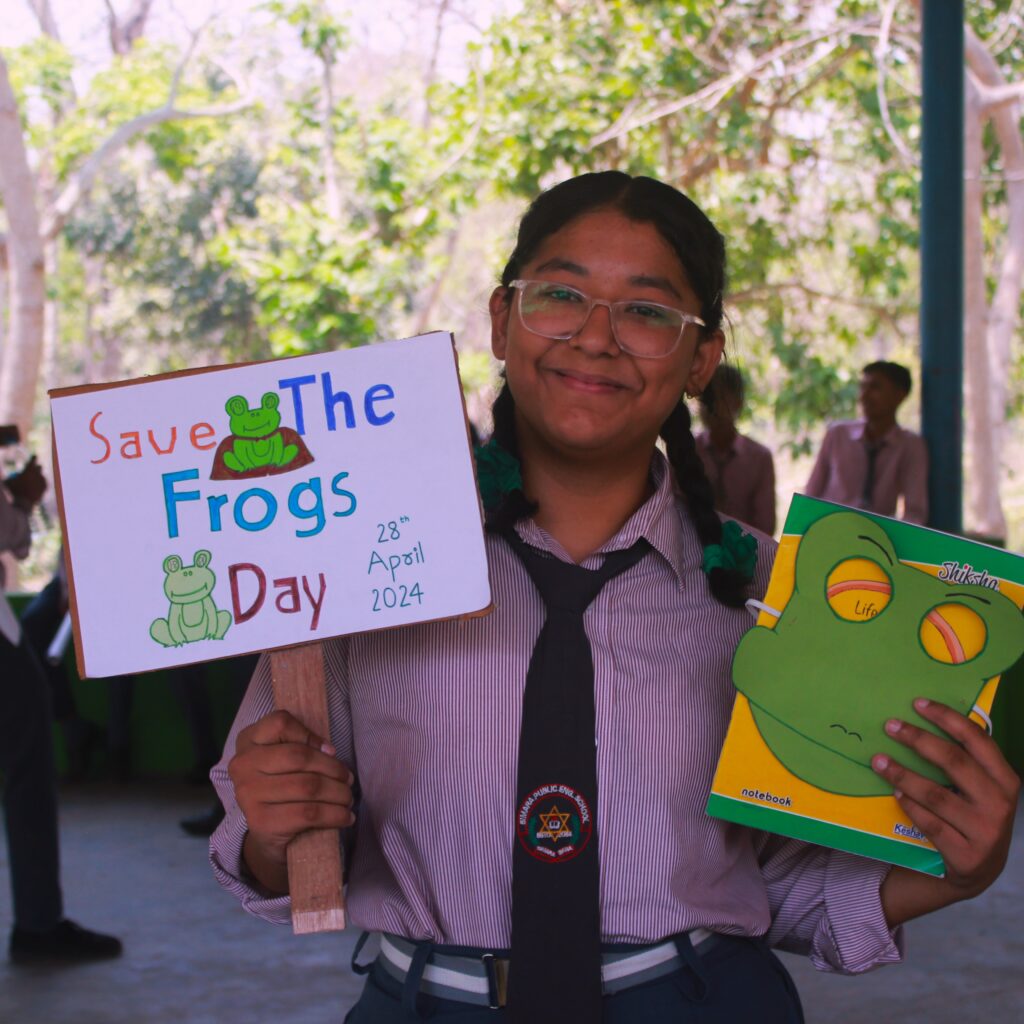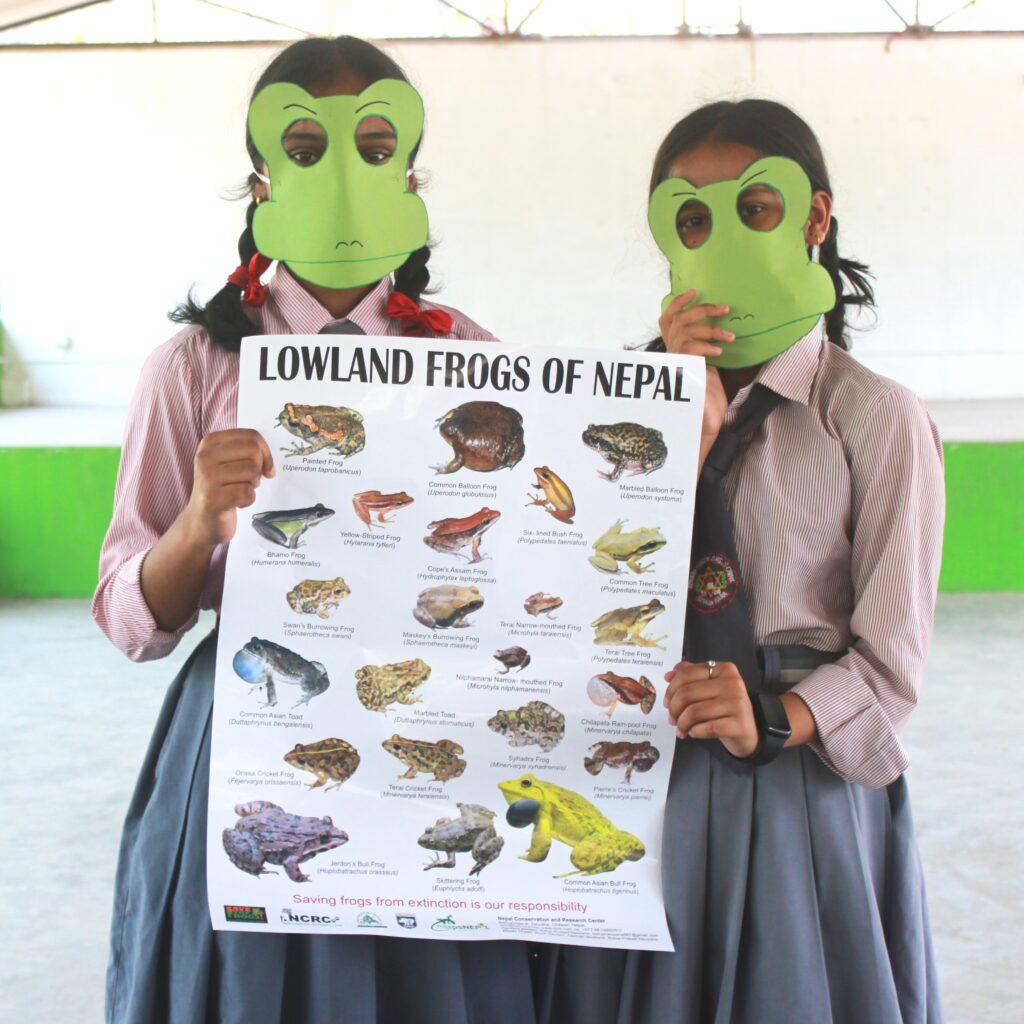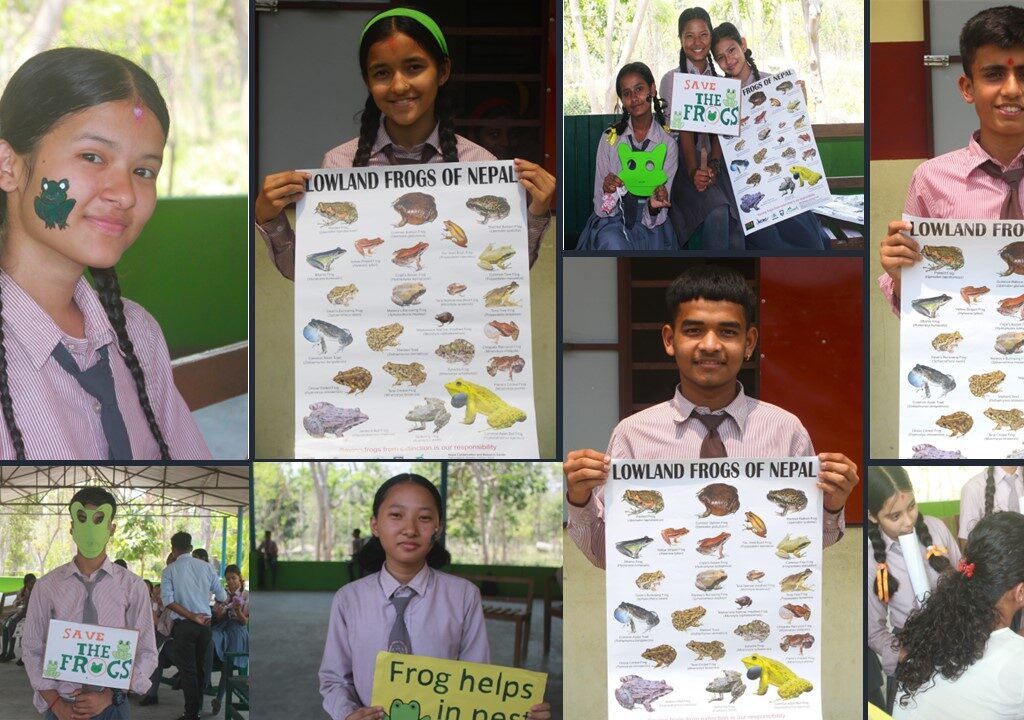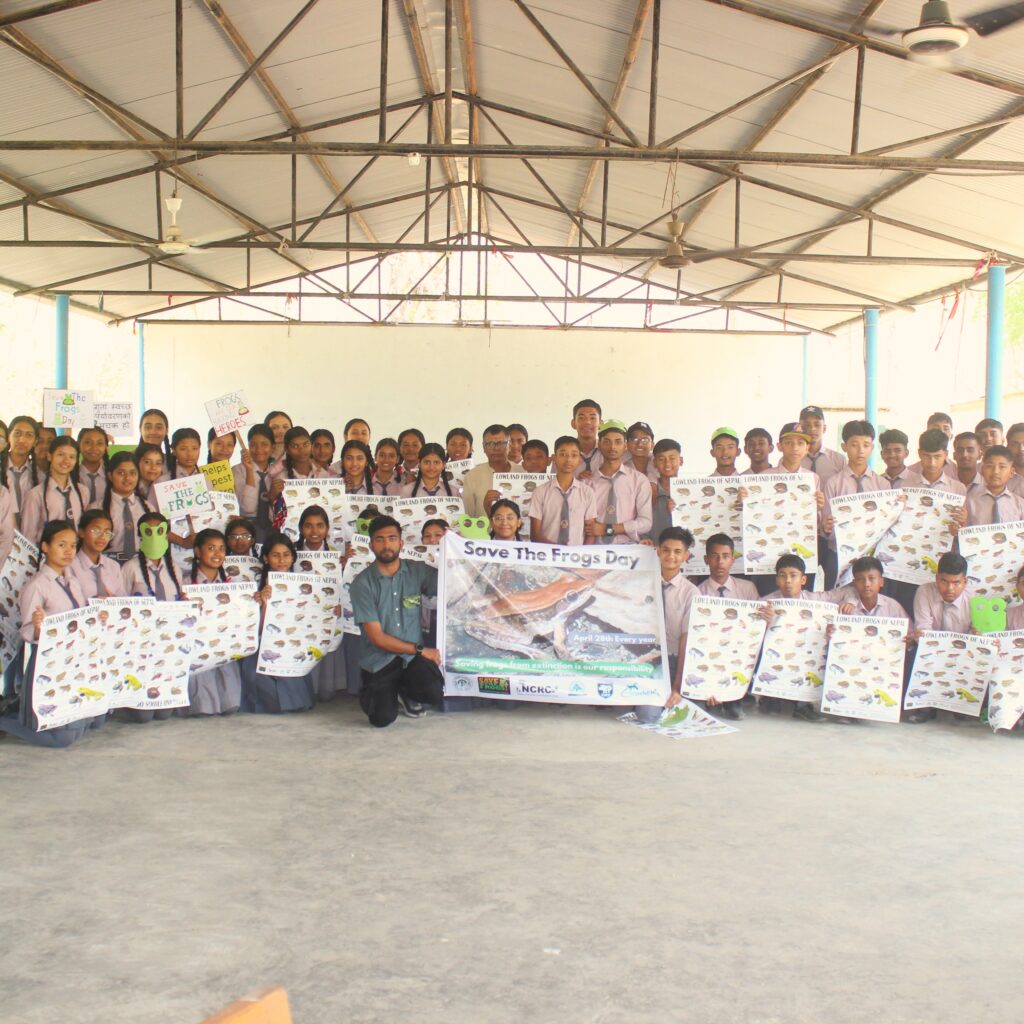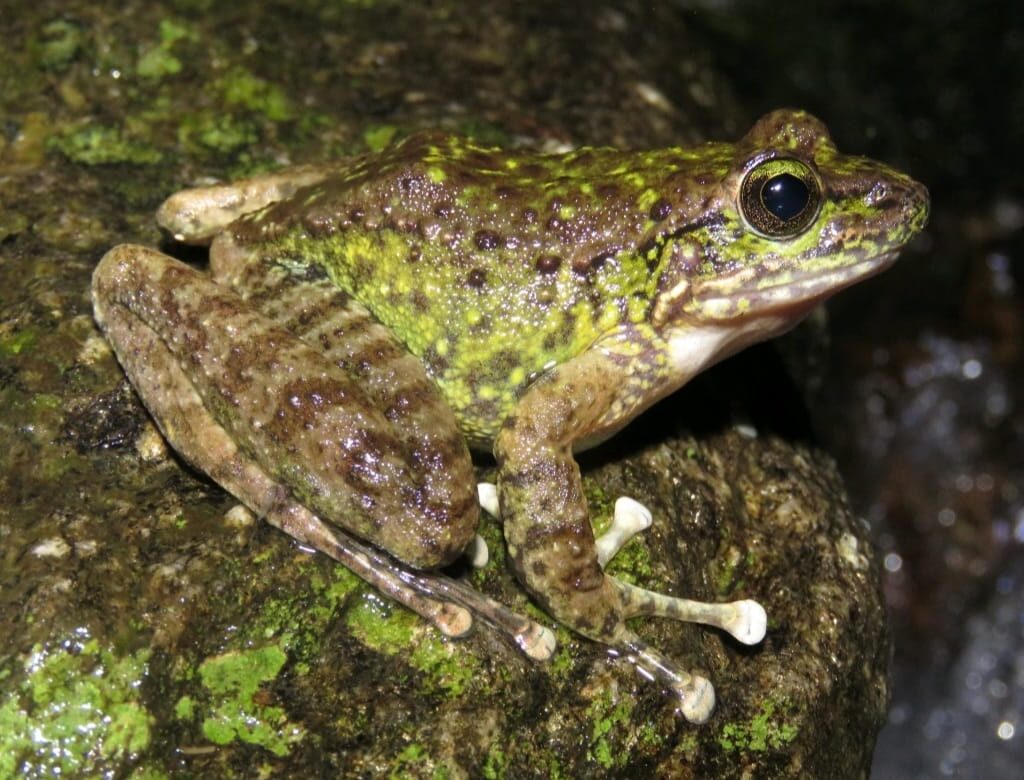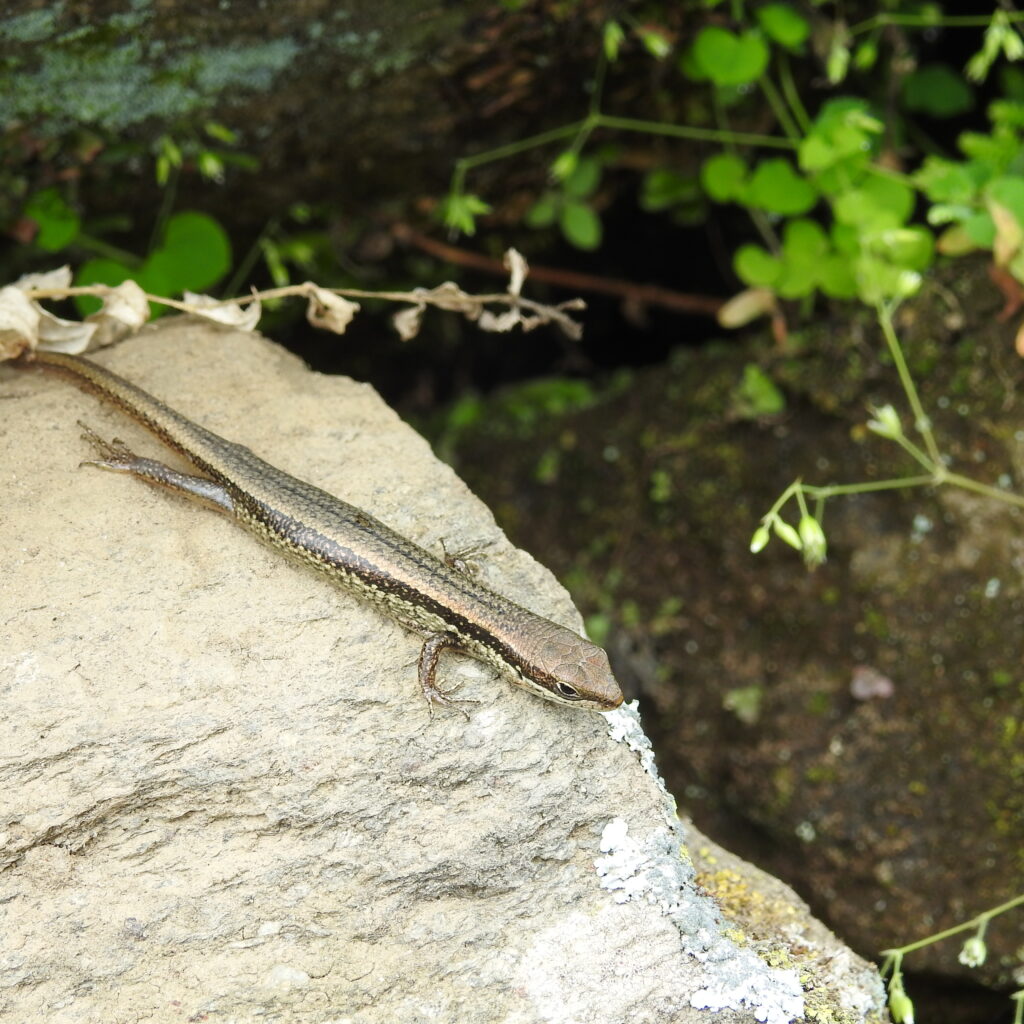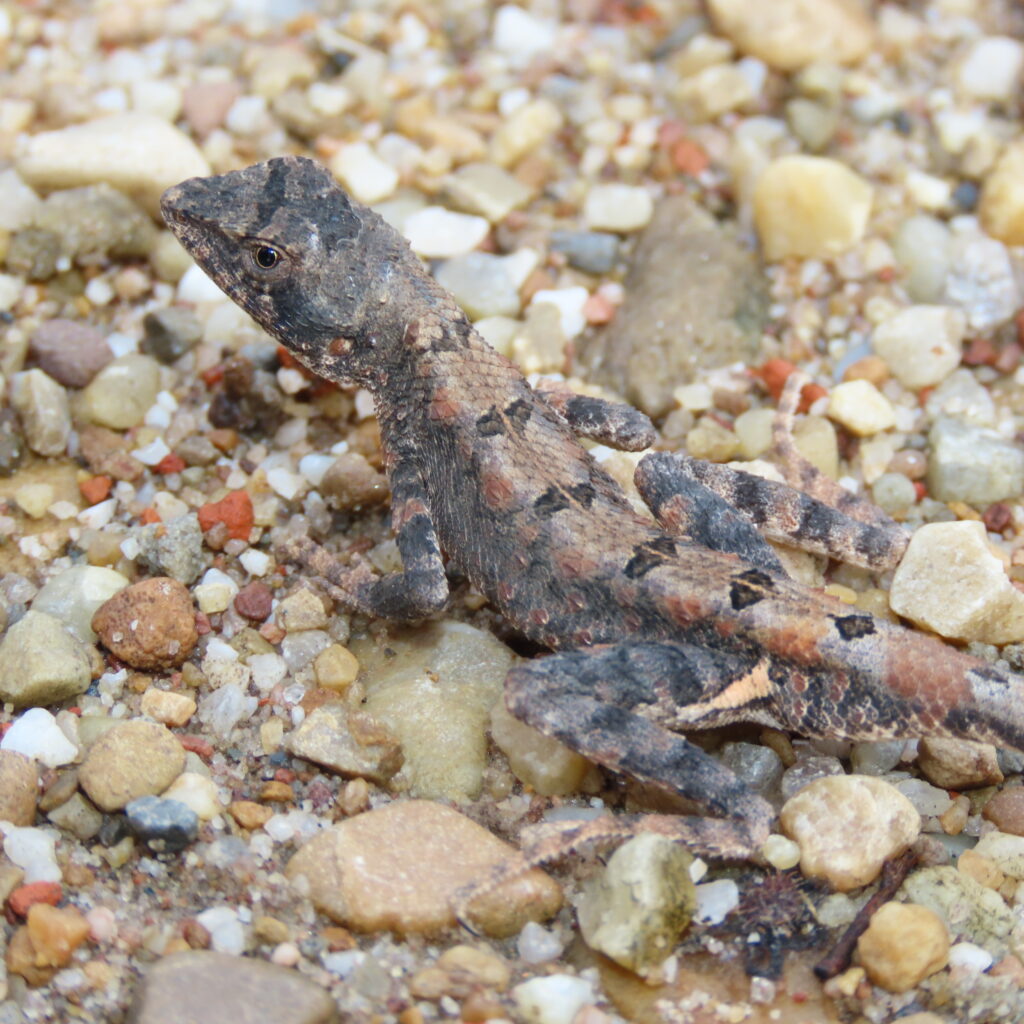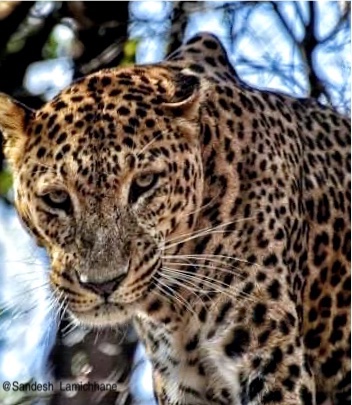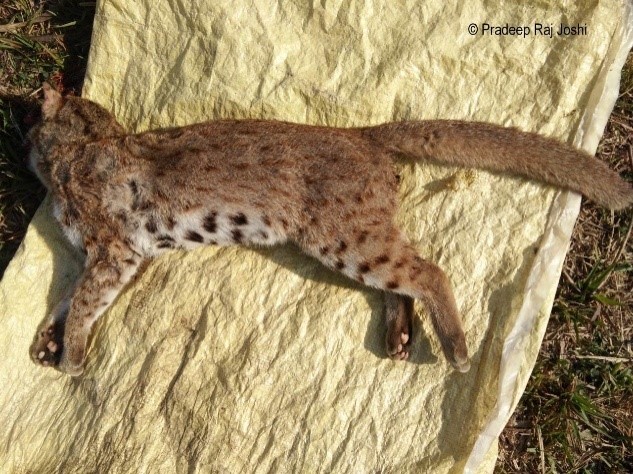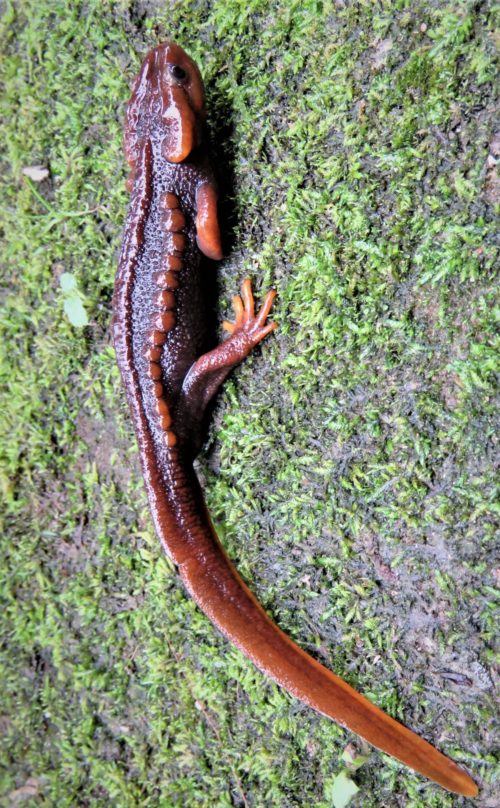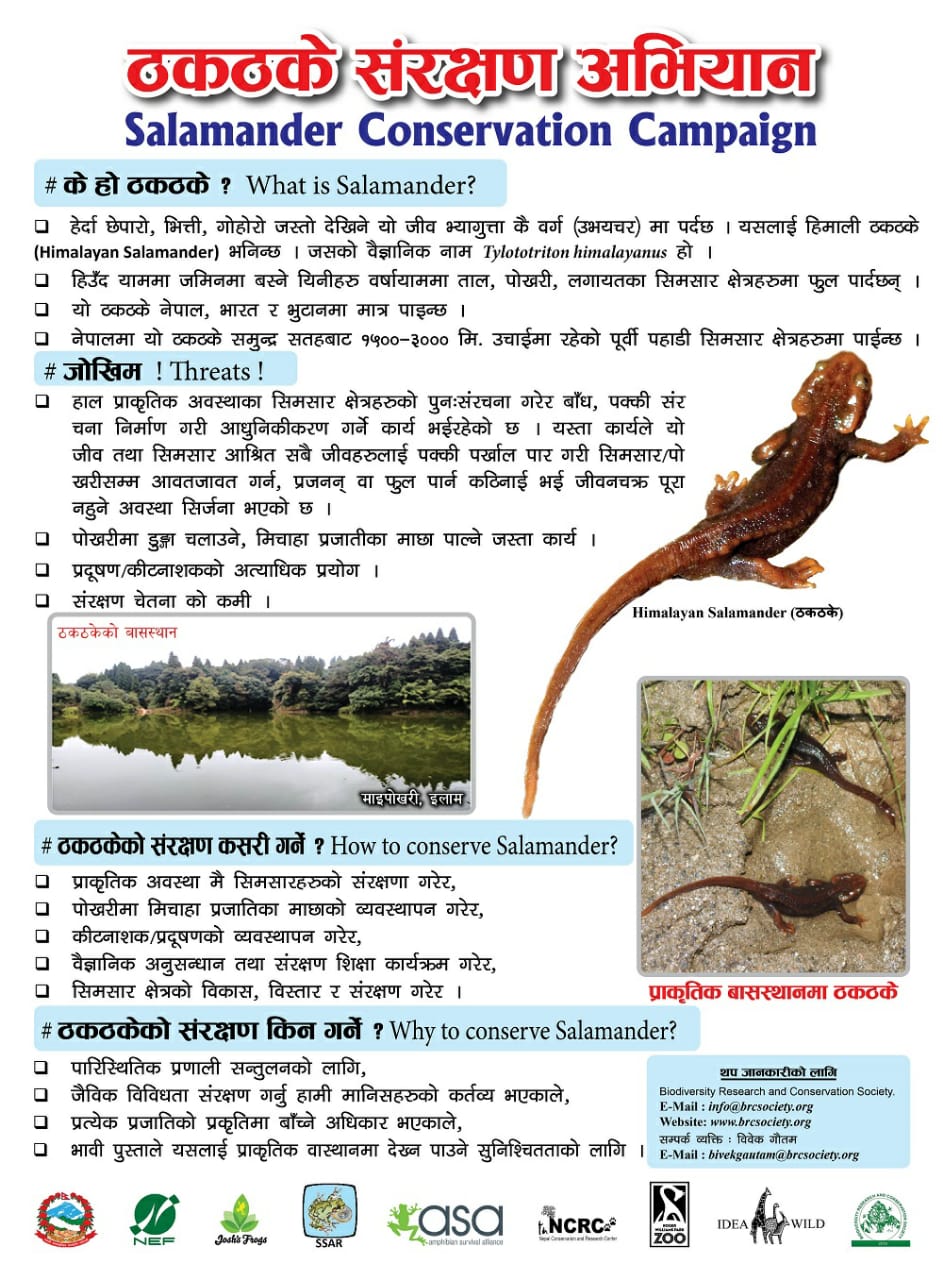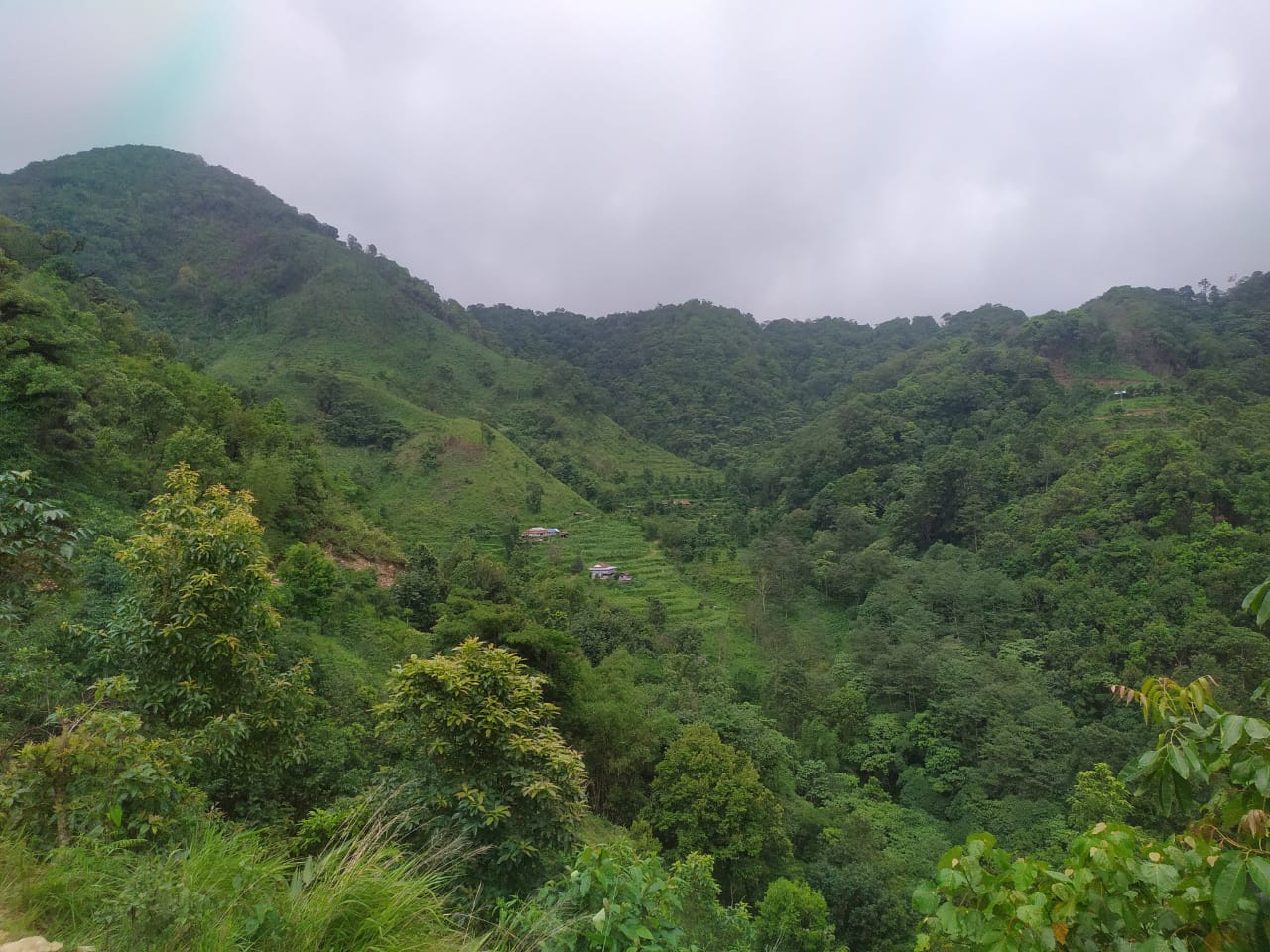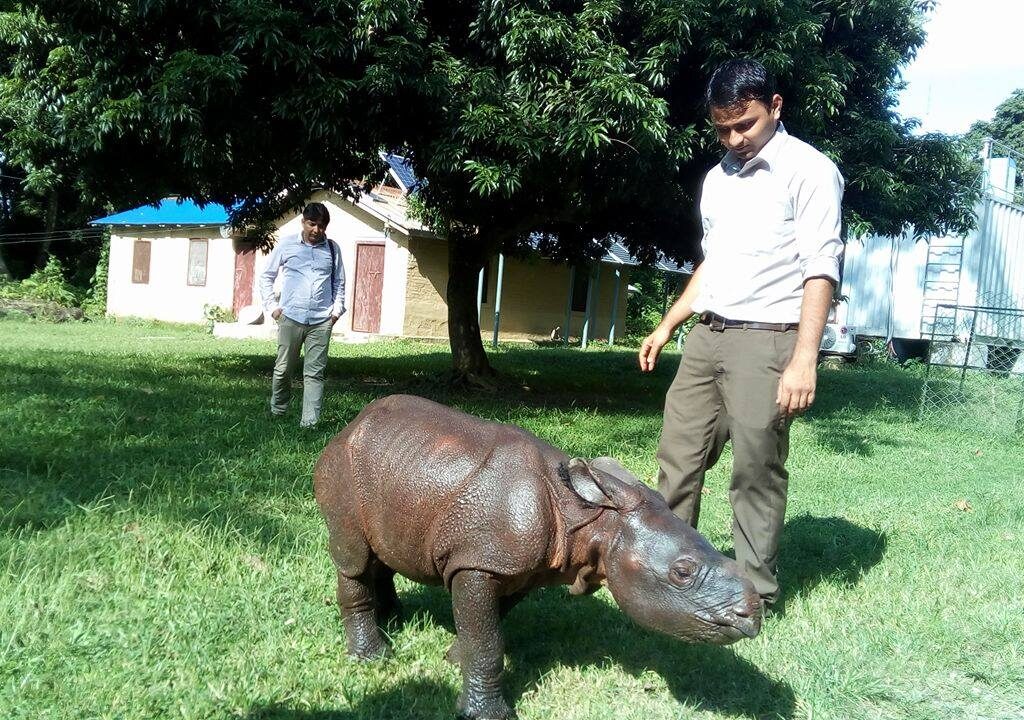
Greater One Horned Rhinoceros (GOHR) once used to range from the floodplain of the Indus valley in Pakistan through the Ganges, Bhramaputra to Myanmar with a minimal total population estimate of 4,76,140 individuals. This species almost extirpated when its population in Kaziranga, Assam, India went down to an estimated 12 individuals in 1908 and 60-80 total individuals in the 1960s in Nepal. Now, this species has been restricted to India, Nepal and Bhutan (Bhutan has a non-resident population from bordering Manas National Park of India). Fortunately, the GOHR population has now increased in both (India and Nepal) countries but its conservation is still a challenge to deal. In Nepal, Chitwan National Park possess the second highest population of the GOHR (n=694 rhinos) in the world, after Kaziranga National Park of Assam, India (2613 rhinos). Now, the country has three viable populations of rhinos in different protected areas, viz., Bardia National Park (n=38), Shuklaphanta National Park (n=17) and Parsa National Park (n=3).
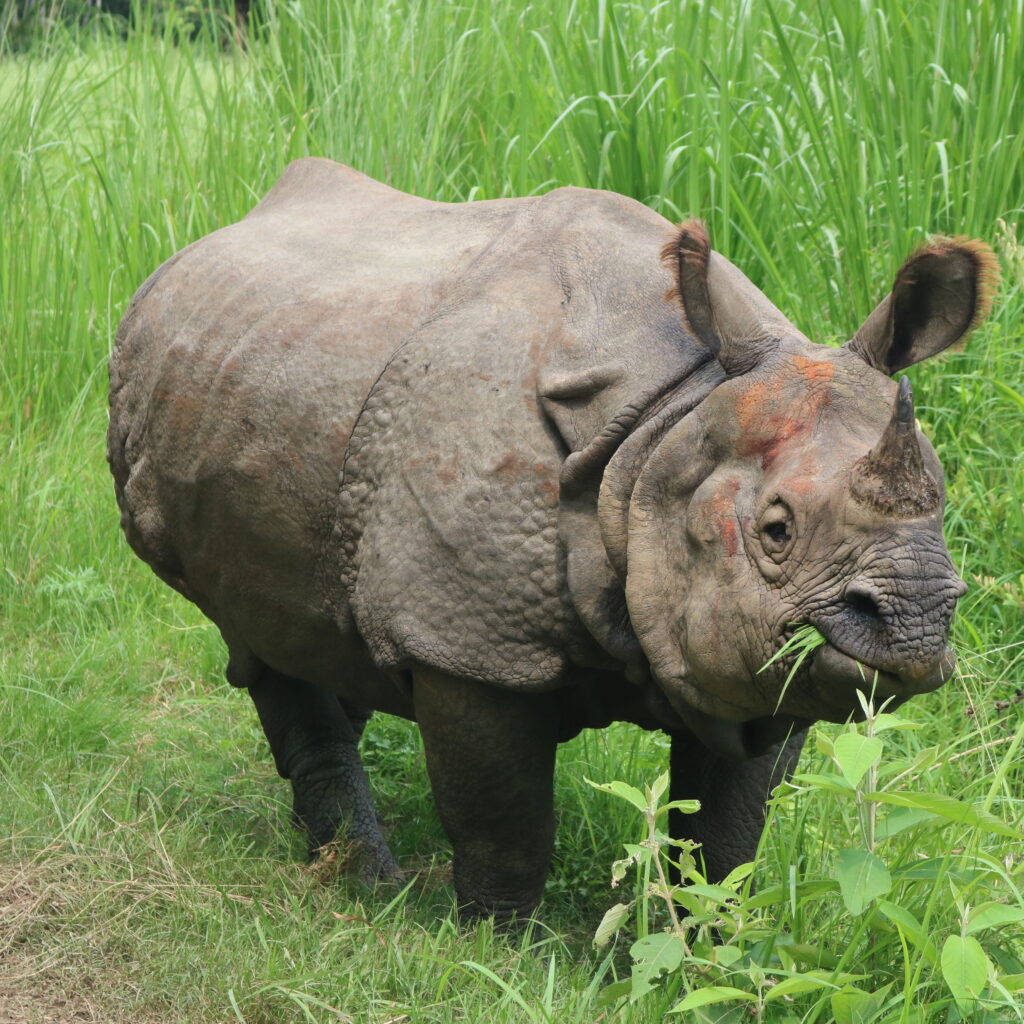
Threats
It faces a multitude of threats which include poaching, diseases, habitat loss and degradation, illegal trophy trade, use of pesticides in the agricultural fields, electrocution, impacts of invasive and alien, human-rhino conflict while emerging issues comprehend reduction in genetic diversity and climate change impact on rhino and its habitat.
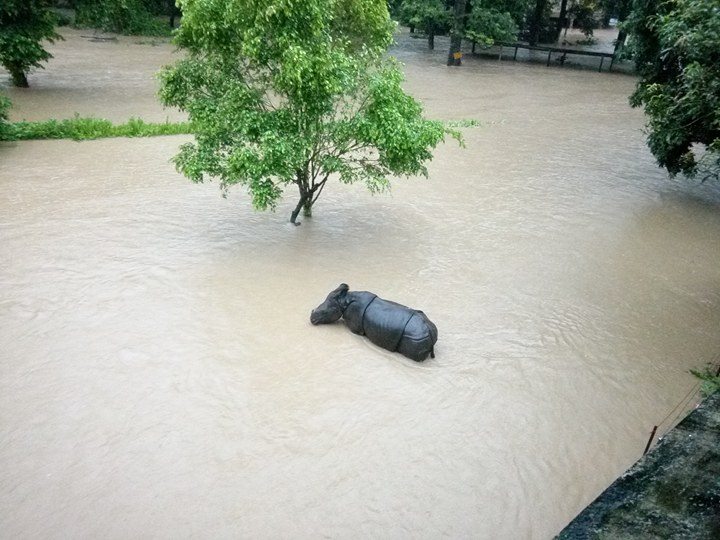
How can we conserve this charismatic species?
- Research on rhinos focusing on their ecology, behaviour and genetics
- Fostering human-rhino co-existence in the fringe area of the protected areas
- Awareness program through community and school program
- Train and strengthen Community-based anti-poaching units and enforcement agencies
- Coordination and collaboration with conservation stakeholders for rhino and its habitat conservation and management.
